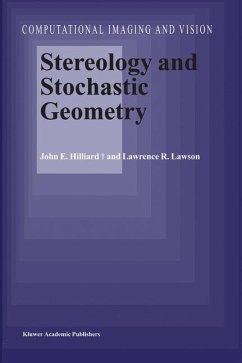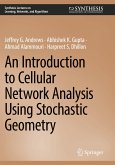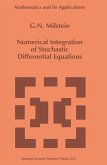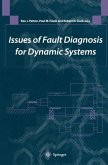Somebody had to do it. The Chinese speak of deep water wells called "grandfather wells" because they take three generations of diggers to complete. Imagine the thought of such a well being abandoned incomplete by the third generation. What a loss! This book is like a grandfather well except that it has taken only two generations, John Hilliard's and mine, to finish. When I saw his manuscript lying in a heap, I decided that I must spend the time to put it and his notes into a publishable form. Now, it is done. This book is mostly about performing spatial measurements through the statistical sampling of images; it is a text on classical stereology as John Hilliard saw it. His vision of the subject was broad. Consequently, its title is broad too. It presents this subject and some of its modem extensions from the classical perspective of the one of the founders of the field, and my first advisor at Northwestern University, John Hilliard. There is nothing new in this book but much that may have been lost over time. It rediscovers many useful discussions about such subjects as the variances of stereo logical measurements, anisotropy etc. It recovers some of the dialogues between John Hilliard and his students on such topics as fractals and Monte Carlo simulations. It recaptures a little of John Hilliard's unique and subtle wit.
From the reviews:
"Mathematical stereology aims to make inference about the properties of random sets in Euclidean space using numerical characteristics of their lower-dimensional sections or projections. The main tools are based on application of methods from stochastic geometry (in particular point processes), convex geometry and geometric measure theory. ... The book under review aims to provide an introduction to stereology for non-mathematicians." (Ilya S. Molchanov, Zentralblatt MATH, Vol. 1108 (10), 2007)
"Mathematical stereology aims to make inference about the properties of random sets in Euclidean space using numerical characteristics of their lower-dimensional sections or projections. The main tools are based on application of methods from stochastic geometry (in particular point processes), convex geometry and geometric measure theory. ... The book under review aims to provide an introduction to stereology for non-mathematicians." (Ilya S. Molchanov, Zentralblatt MATH, Vol. 1108 (10), 2007)








